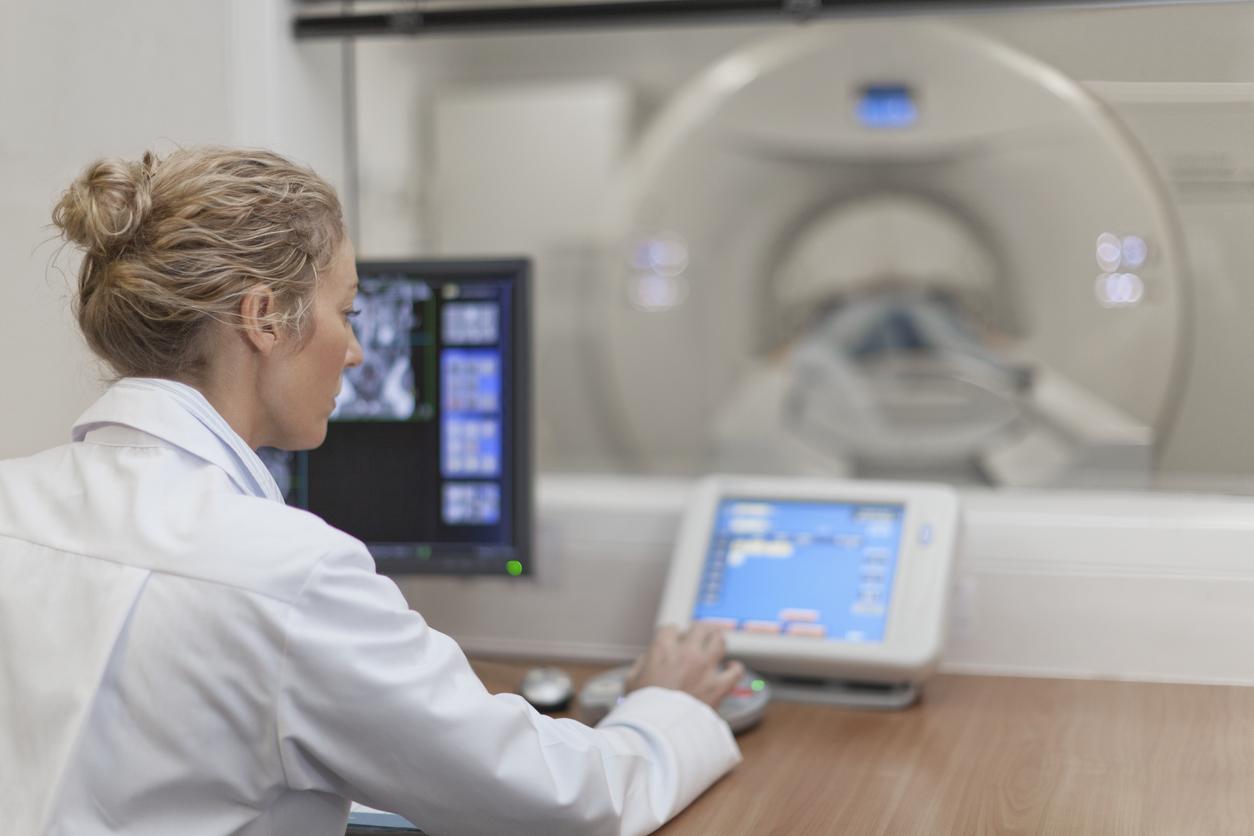One in eight patients who see a headache have a CT scan or MRI. The vast majority of these reviews are unnecessary, according to a recent study.

“If the doctor treating your headache thinks it’s not necessary, don’t push it. This is what Dr. Brian Callaghan, author of a study published on March 17 in the JAMA Internal Medicine. This researcher at the University of Michigan (United States) wants to reduce the number of scans and MRIs prescribed to patients suffering from headaches.
Only 1 to 3% useful reviews
According to the results of a 3-year analysis (2007-2010), more than 5 million patients have visited the doctor for a migraine. One in eight then had a brain scan. But many of these tests were not necessary, believes Dr. Callaghan: the probability of them revealing a serious disorder is very low (1 to 3%). “Solid studies show that the number of serious disorders revealed by a CT scan in patients with migraine headaches is roughly equivalent to that found in randomly selected migraine-free patients,” he explains.
A billion dollars spent
These unjustified examinations represent a considerable sum for the health care system. In total, 3.9 billion dollars (2.8 billion euros) were spent in 2010, including one billion for a brain scan. However, recommendations have been issued to avoid the systematic use of imaging. They define patient profiles in whom an examination is justified… but they are little followed by doctors. “Scans and MRIs are generally prescribed for headaches and migraines, increasing over time, despite the fact that there are few circumstances that make these scans necessary,” says Dr. Callaghan. “It is a source of enormous expenditure for the health system, with no evidence to justify it. “
The researchers assume that some doctors agree to prescribe scanners to alleviate the fears of patients, but also to protect themselves legally. According to them, it would be necessary to raise public awareness, but also to ensure that the patient advance the costs of the examination. This deterrent measure would reduce unnecessary spending. Because “doctors ignore the cost, and patients rarely pay directly for these scanners. Insurance companies can request prior authorizations, but they still cover scanners if they are prescribed, ”concludes Dr. Callaghan. The objective: to eradicate the 15% of prescriptions at the request of the patient. In April 2013, the Academy of Medicine estimated that drastically reducing the number of unnecessary medical procedures – such as x-rays of the skull or MRIs for hedged discs, would cut healthcare costs by 10%.
.

















